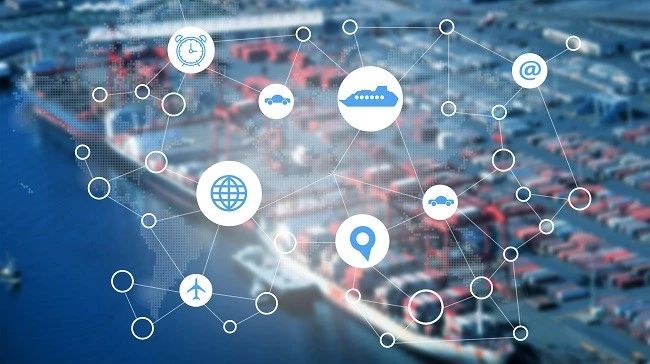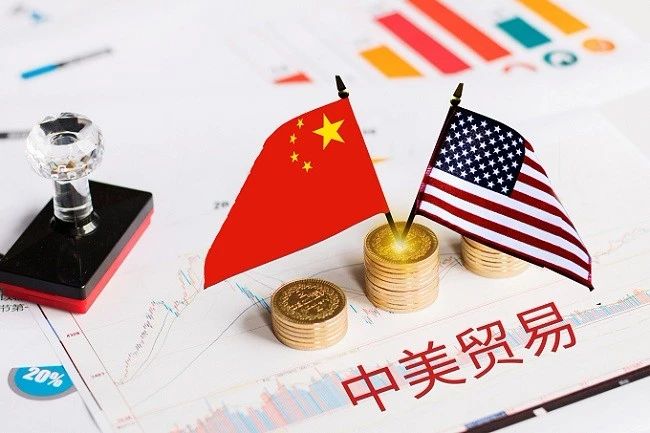



At present, the global apparel manufacturing industry has undergone major changes, and China's textile manufacturing industry is also facing new opportunities and challenges.
On the one hand, the world economy has accelerated its recovery since the beginning of this year, and the domestic economy has been steadily improving, creating a relatively good market demand environment, laying a good foundation for the export and domestic market of China's textile and garment industry. On the other hand, faced with the complicated international trade environment, the Chinese textile industry has also seen some new situations and new developments.

On September 27-29, the 2018 China International Textile Fabrics and Accessories (Autumn and Winter) Expo opened at the National Convention and Exhibition Center (Shanghai). Some exhibitors sighed that compared to previous years, there were fewer foreigners participating in the exhibition this year, and a lot less. In addition, the exhibitors mainly came to Jiangsu and Zhejiang provinces. By contrast, the number of exhibitors from the Pearl River Delta region, especially Shenzhen, decreased.
The first question before us is, why is this happening?
Sino-US trade frictions are also important reasons. Yu Xiaohong, an analyst at Zhongyu Information, said that China is the largest exporter of textiles and garments, and that textile and apparel exports account for about 13% of China's total foreign trade. In 2017, China’s exports to the United States accounted for 15.5% of total textile and apparel exports. With the uncertainty of the trade environment rising, tariff barriers will increase, and China's textile and garment industry, which is more dependent on exports, will inevitably be affected.

Does the Chinese textile industry, which is affected by the trade environment, provide a labor advantage?
After reviewing the data, it was found that in recent years, the labor cost of China's manufacturing industry has shown an upward trend. In 2014, China’s labor costs were three times that of Vietnam. According to a report released by Deloitte, China’s labor costs have risen five-fold in the 10 years from 2005 to 2015, and according to research published by the Oxford Economic Research Institute, a global economic research and government business consultancy, China’s current manufacturing industry Labor costs are only 4% lower than in the US and far higher than India.
In addition, consumer preferences have also had a certain impact on the development of China's textile industry. In recent years, although the volume of textile e-commerce transactions has increased year by year, it has been weak.
In the face of the above situation, how should China's textile industry break?
Many manufacturing experts believe that although the Sino-US trade friction has caused no small challenge to the Chinese textile industry, the volume and price of Chinese textiles and clothing may be suppressed. However, China is still the largest textile and garment exporter, and the future development of China's textile industry is still worth looking forward to.
Some analysts pointed out that Sino-US textile trade friction has been in existence for a long time. In the most difficult time, it did not block the development of China's textile industry, but accelerated the upgrading of China's textile industry. Faced with this situation, Chinese textile manufacturing enterprises should accelerate the pace of transformation and upgrading, become stronger and bigger, look at the general trend, continue to innovate, and enhance their ability to resist risks.

Yancheng Ruize Masterbatch Co., Ltd. mainly produces and operates: Non-woven masterbatch, Non-woven antibacterial masterbatch,antistatic masterbatch, polypropylene filament masterbatch, Polypropylene filament masterbatch, Non-woven masterbatch, polypropylene spunbond non-woven masterbatch, Polypropylene fiber masterbatch, chemical masterbatch, Non-woven masterbatch, polypropylene masterbatch, Soft hydrophilic masterbatch.